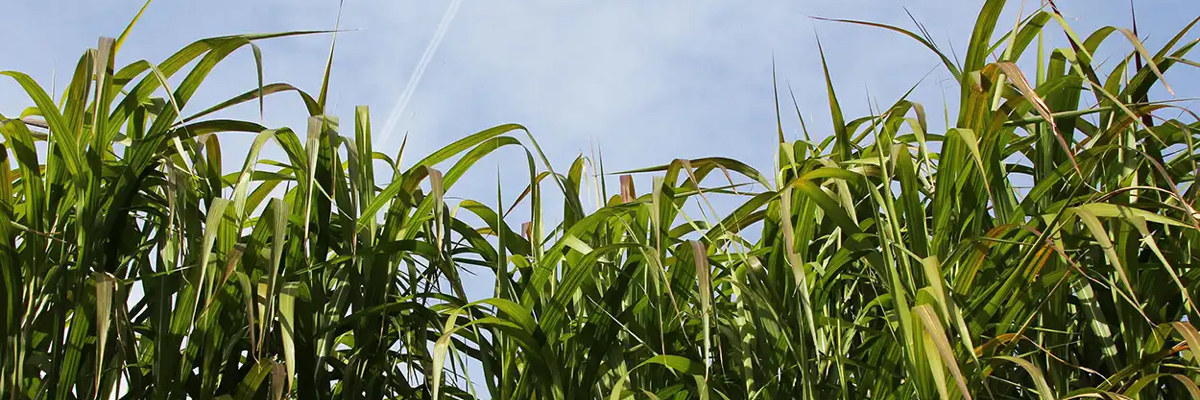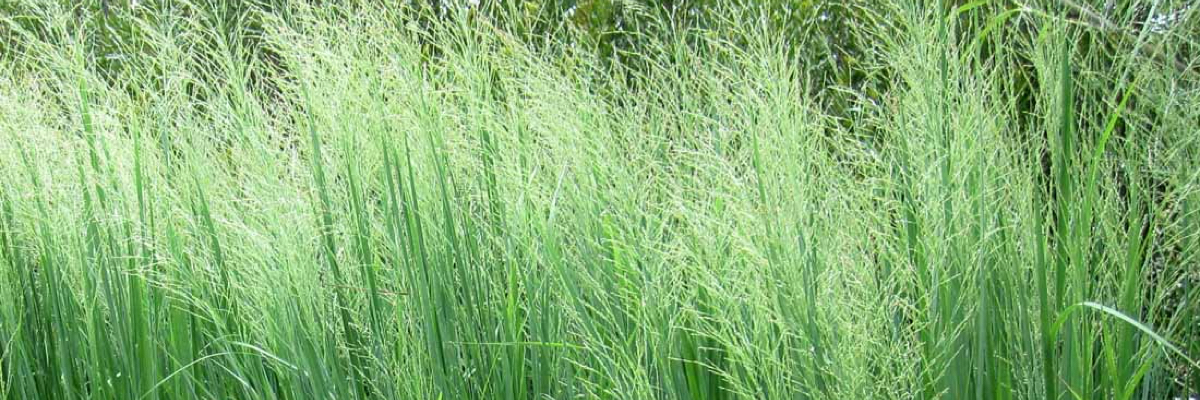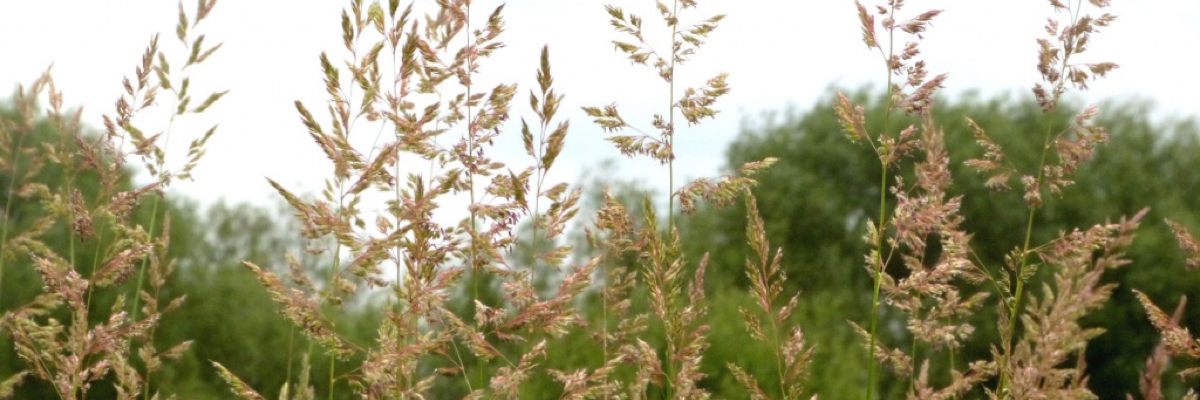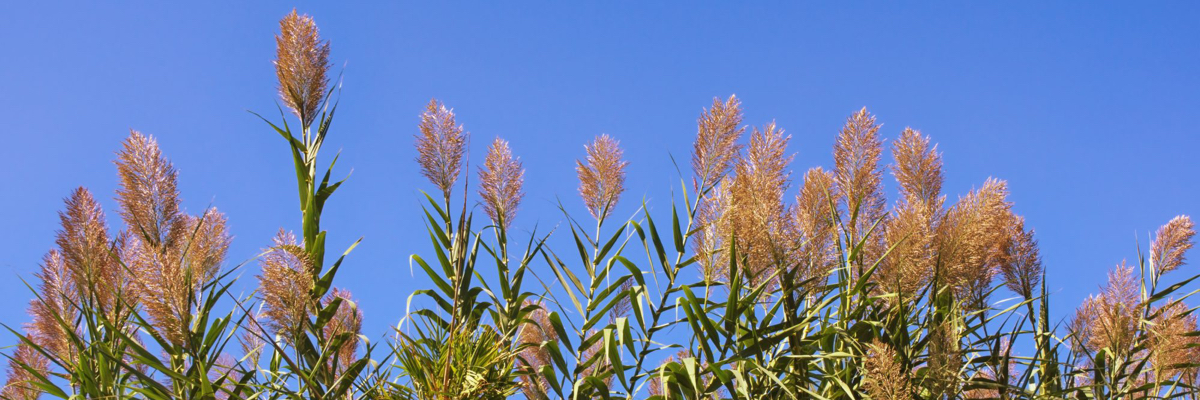As the UK and Europe push towards a net-zero future, sustainable biofuels such as renewable diesel and sustainable aviation fuel (SAF) are becoming key components in the low-carbon transition.
Among the most promising biomass sources for these fuels are perennial grasses. With their high yields, minimal input requirements, and adaptability to marginal or underutilised land, certain species are proving especially viable for large-scale bioenergy production, both in environmental and economic terms.
Miscanthus (giganteus): The Flagship Energy Grass

Perhaps the most well-known and widely studied of all bioenergy crops, Miscanthus × giganteus, also known as elephant grass, is a sterile hybrid propagated from rhizomes. In the UK, typical yields range between 12 and 14 oven-dry tonnes (odt) per hectare annually. In southern Europe, yields can reach as high as 25–30 odt/ha without irrigation, and up to 44 odt/ha with supplemental water.
Miscanthus is exceptionally well-suited to marginal land, thanks to its drought tolerance, low nutrient demands, and resilience to pests and disease. Once established, it requires no replanting for 15–20 years, making it cost-effective over time despite the higher initial costs of rhizome propagation.
-
Carbon Intensity:
Miscanthus has an excellent greenhouse gas (GHG) profile, with lifecycle emissions reductions exceeding 90% compared to fossil fuels. Its deep rooting system enhances soil carbon sequestration, giving it one of the best carbon indices among biomass crops.
-
RED II Compliance:
Fully compliant, particularly when grown on non-food, marginal land.
Switchgrass (Panicum virgatum): A Flexible Contender

A native of North America, switchgrass has found a foothold in Europe due to its adaptability and ease of establishment. Unlike Miscanthus, switchgrass is propagated by seed, making it more affordable to plant. In favourable climates, particularly in central and southern Europe, yields of 10–12 odt/ha are common.
Its resilience and ability to thrive with minimal fertilisation make it suitable for less productive soils, although yields can be more variable than Miscanthus in northern latitudes.
-
Carbon Intensity:
Switchgrass achieves GHG savings of approximately 70–85%, with good soil carbon retention depending on land use history.
-
RED II Compliance:
Generally compliant when grown on low-input, marginal land.
Reed Canary Grass (Phalaris arundinacea): The Northern Performer

Reed canary grass is particularly suited to wetter or cooler climates, making it a strong candidate for northern Europe and the UK. It yields around 8–10 odt/ha and is grown from seed, making it easier and cheaper to establish.
While not as high-yielding as Miscanthus or switchgrass, it thrives in waterlogged or peaty soils where other crops may fail, offering a valuable land-use option for such areas.
-
Carbon Intensity:
GHG savings range from 65–80%, depending on site and management. Its performance improves significantly when cultivated on organic soils due to avoided methane emissions.
-
RED II Compliance:
Recognised as compliant when grown sustainably, particularly on wet or degraded land.
Giant Reed (Arundo donax): High-Yielding but Controversial

Native to the Mediterranean region, Arundo donax produces some of the highest biomass yields among grasses, up to 25 odt/ha under optimal conditions. However, it is propagated by rhizome, which increases establishment costs, and its invasive potential in some regions has raised environmental concerns.
-
Carbon Intensity:
This option offers up to 85% GHG savings, but concerns about invasiveness and land-use change may offset benefits in sensitive ecosystems.
-
RED II Compliance:
Conditional. Projects must demonstrate strict control measures and sustainability plans to remain compliant.
Current and Planned Projects in the UK and Europe
United Kingdom
-
Miscanspeed:
A flagship breeding programme led by Aberystwyth University, focusing on developing high-yield, climate-resilient Miscanthus varieties. Funded under the UK’s £4 million Biomass Feedstocks Innovation Programme.
-
Celtic Renewables (Scotland):
While focused on waste-to-fuel technology from the whisky industry, the company is part of the broader ecosystem of low-carbon biofuels in the UK and exploring biomass synergies.
Europe
-
MAGIC Project (EU):
An ambitious EU-backed initiative assessing 45 million hectares of marginal land for biomass crops, with Miscanthus as a key focus. The project models potential yields of 20–40 odt/ha, depending on location and management.
Perennial grasses such as Miscanthus, switchgrass, reed canary grass, and giant reed each offer distinct benefits for renewable fuel production across Europe. Their low input needs, suitability for marginal land, and strong GHG performance make them prime candidates in meeting the EU’s Renewable Energy Directive (RED II) targets.
Miscanthus, in particular, stands out with its consistently high yields and exceptional carbon index, positioning it as a cornerstone of the UK’s and Europe’s bioenergy future. As policy frameworks tighten and carbon accounting becomes more sophisticated, these crops will not only power vehicles and planes, they will regenerate land, lock away carbon, and provide farmers with new revenue streams in a low-carbon economy.
The post Role of Energy Grasses – Sustainable Biofuels in the UK and Europe first appeared on Haush.
